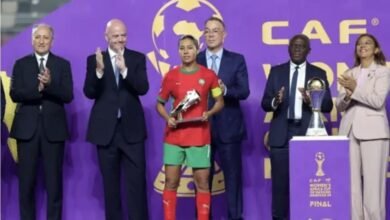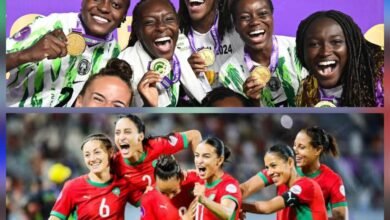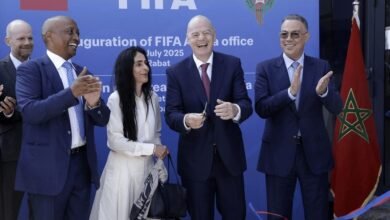VAR and Refereeing at WAFCON 2025: Real Progress, Real Questions

By Karima Rhanem, Senior Managing Editor
The 2025 Women’s Africa Cup of Nations concluded with Nigeria defeating Morocco 3–2 in the final at Olympic Stadium of Rabat. With this victory, Nigeria extended their continental legacy to 10 titles out of 13 tournaments since the competition’s inception. While the Super Falcons celebrated a deserved triumph, the tournament also reignited important conversations around the use of VAR and the performance of refereeing teams in high-pressure environments.
The final was one of the most tactically engaging and emotionally charged matches in WAFCON history. Morocco began confidently and led 2–0 at halftime, with goals from Ghizlane Chebbak and Sanaâ Mssoudy. Nigeria responded decisively in the second half, converting a penalty through Esther Okoronkwo, equalising through Folashade Ijamilusi, and eventually winning the match via an 88th-minute header from Jennifer Echegini.
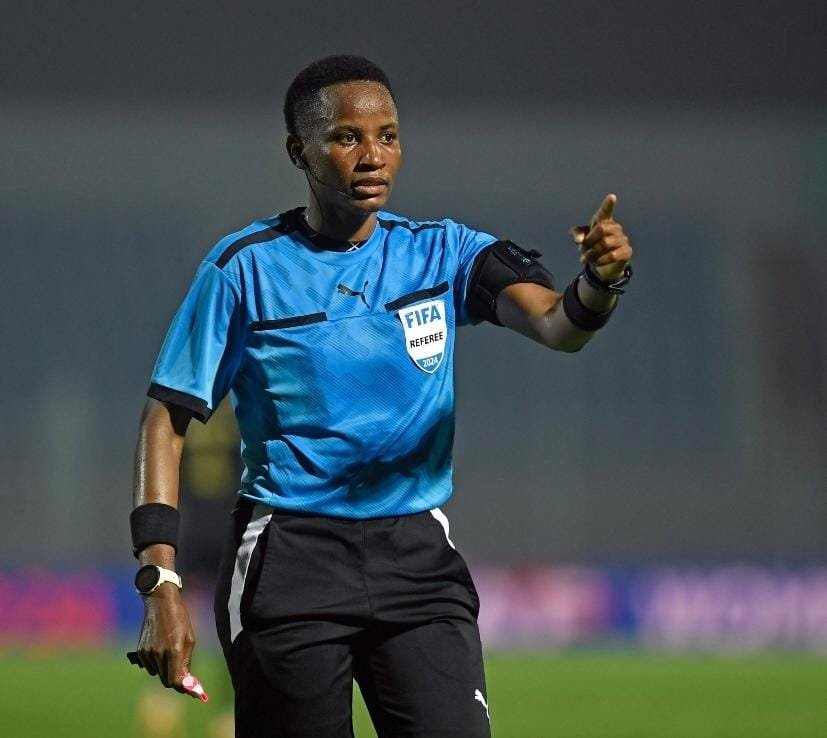
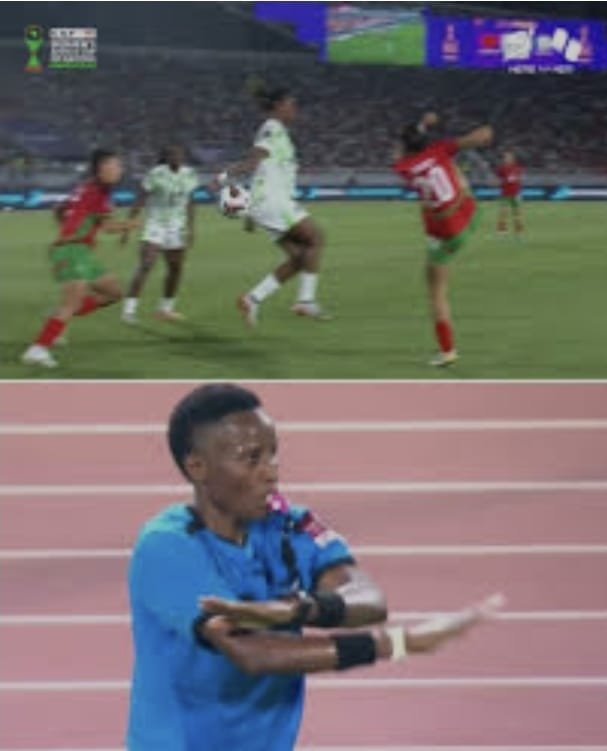

Two moments involving VAR shaped much of the post-match discussion. The first saw Moroccan defender Nouhaila Benzina penalised for handball inside the area. After review, the penalty was awarded to Nigeria and converted. Later in the second half, Morocco were initially awarded a penalty for an apparent handball by a Nigerian defender. Referee Natacha Konan pointed to the spot, but after a video review, the decision was reversed. While both interventions were consistent with current IFAB protocol, the contrasting outcomes in similar scenarios drew immediate attention from analysts and spectators across the continent.
Reactions from the public, former referees, and commentators reflected a wide range of interpretations. Some praised the application of the rules; others pointed to a lack of clarity regarding what constitutes a “clear and obvious” error—especially when an on-field call is overturned. The debate centred less on wrongdoing and more on how decisions are communicated and justified during matches of such significance.
Throughout the tournament, VAR featured prominently. In the group stage, a late equaliser by Zambia against Cameroon was disallowed for offside following a prolonged video review. In the match between Senegal and Uganda, a suspected handball in the box was not reviewed, raising questions about consistency in when and how VAR was applied. Although these decisions did not result in formal objections, they underscored the need for greater transparency and uniformity in officiating processes.
It is essential to view these developments in context. VAR is still a relatively recent addition to CAF women’s tournaments, and WAFCON 2025 represents a major step forward in aligning with global standards. Yet the technology’s effectiveness depends not only on its technical correctness, but also on how decisions are communicated to teams, supporters, and audiences. In several cases, including the final, those communication mechanisms fell short.
Nigeria’s path to the title, however, was not defined by officiating. The Super Falcons controlled matches across all phases of the tournament. They advanced from the group stage without incident, delivered a commanding 5–0 victory against Zambia in the quarter-finals, and showed discipline in their 1–0 semi-final win over South Africa. Their performance in the final—coming from behind and managing the closing stages—was an example of their experience, squad depth, and composure under pressure.
For Morocco, the final was the culmination of a successful campaign built on technical quality, cohesion, and structure. It marked only their second WAFCON appearance, yet they reached the final after topping their group and eliminating strong opponents such as Botswana and Zambia. Their first-half display against Nigeria showed their ability to compete at the highest level. Even after the VAR decisions shifted the rhythm of the match, the team remained focused and committed. There was no disruption to their play or discipline on the pitch—an indication of the maturity instilled in the squad.
The Royal Moroccan Football Federation’s investment in women’s football over the past five years has yielded measurable results. From the creation of a professional domestic league to sustained support for youth development, the foundation now supports a national team capable of challenging the continent’s best. Reaching the WAFCON final and qualifying twice for the FIFA Women’s World Cup in just three years signals a trajectory of real substance.
Looking ahead, the use of VAR in African women’s football will continue to evolve. CAF has taken meaningful steps by integrating technology into major competitions, but further development is needed. Key areas include faster review times, consistent application across matches, and improved transparency—whether through public explanation, in-stadium announcements, or visual clarification for broadcast viewers.
WAFCON 2025 raised the technical bar for African women’s football. Nigeria’s 3–2 win in the final confirmed their enduring excellence. Morocco’s journey demonstrated how far well-structured programs can rise in a short span. If refereeing structures can now grow at the same pace, the tournament’s next edition will be stronger for players, coaches, and fans alike.

